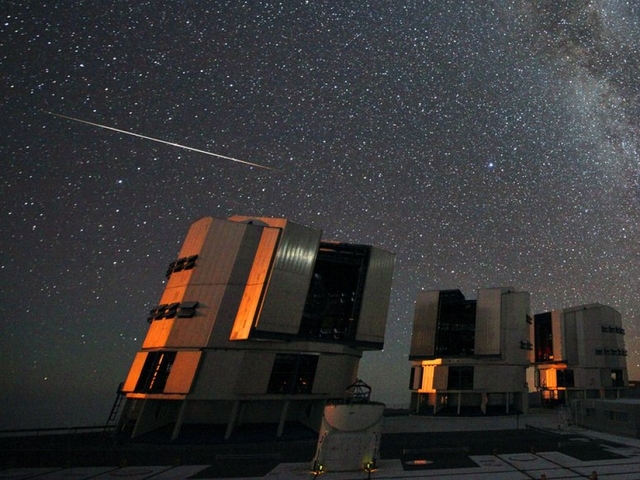-
Tips for becoming a good boxer - November 6, 2020
-
7 expert tips for making your hens night a memorable one - November 6, 2020
-
5 reasons to host your Christmas party on a cruise boat - November 6, 2020
-
What to do when you’re charged with a crime - November 6, 2020
-
Should you get one or multiple dogs? Here’s all you need to know - November 3, 2020
-
A Guide: How to Build Your Very Own Magic Mirror - February 14, 2019
-
Our Top Inspirational Baseball Stars - November 24, 2018
-
Five Tech Tools That Will Help You Turn Your Blog into a Business - November 24, 2018
-
How to Indulge on Vacation without Expanding Your Waist - November 9, 2018
-
5 Strategies for Businesses to Appeal to Today’s Increasingly Mobile-Crazed Customers - November 9, 2018
Perseids could be especially spectacular tonight
Stargazers are in for a treat Thursday night into the wee hours of Friday morning, as the annual Perseid meteor shower is expected to light up the night sky.
Advertisement
It’s named for the constellation Perseus, from which point the meteors appear to radiate.
This year, Bill Cooke of NASA’s Meteoroid Environments Office in Huntsville, Alabama predicts we could see as many as 200 meteors per hour, in ideal conditions. That’s because Earth will pass through the center of the debris stream rather than the grazing encounter we experience in most years.
The best time to watch the shower will be before dawn tomorrow.
Some experts are predicting up to 200 meteors per hour in a dark and clear sky, away from the city lights. Timing for the meteor outburst will be between 10 p.m. and 4 a.m.
The 2016 version of this celestial spectacle will peak this week on Thursday and Friday, Aug. 11-12.
Although tonight is the peak night to see the most meteors, you’ll also be able to see a few during the overnight hours through the weekend.
The last time we had Perseid outbursts like this was 2009, so make the most of it.
“Swift-Tuttle” orbits the sun every 133 years, and each pass through the inner solar system leaves comet debris for the Earth to pass through. Some of these itty-bitty pieces of comet are REALLY old and have traveled billions of miles. Bits of dust and rock burn up in the atmosphere, appearing as bright lights in the night’s sky.
And be patient. Your eyes may need 30 to 40 minutes to adjust to the dark before the meteors actually become visible, Cooke says. To view the shower just lie back and look up in the sky toward the northeast.
Advertisement
This is double the normal amount of “shooting stars” seen yearly in the summer event.




























